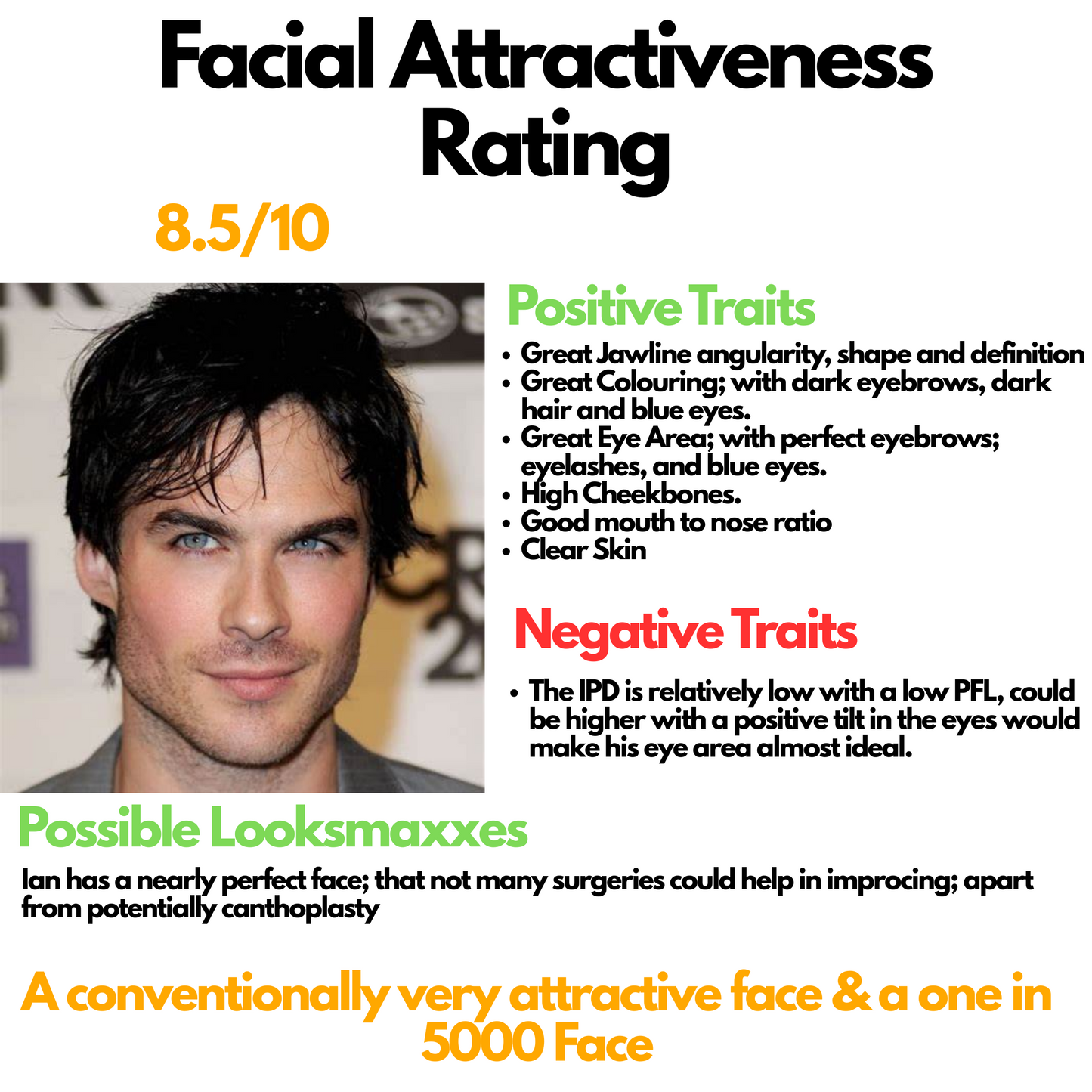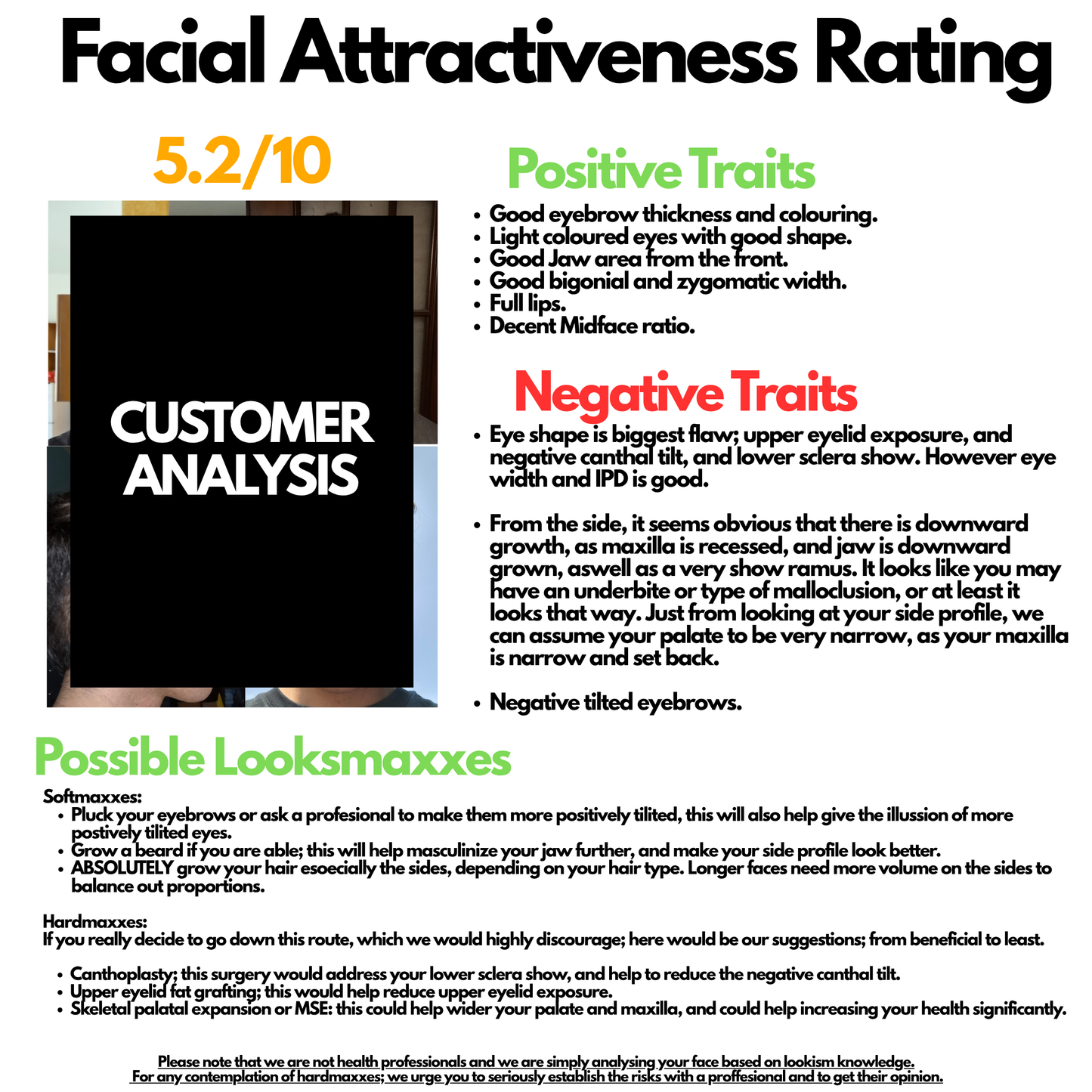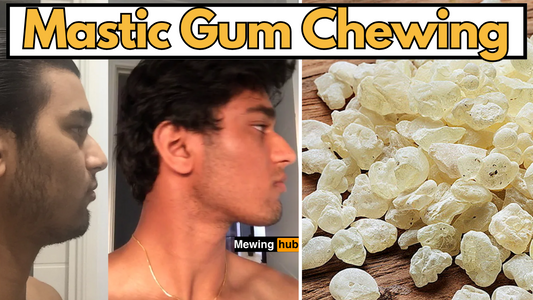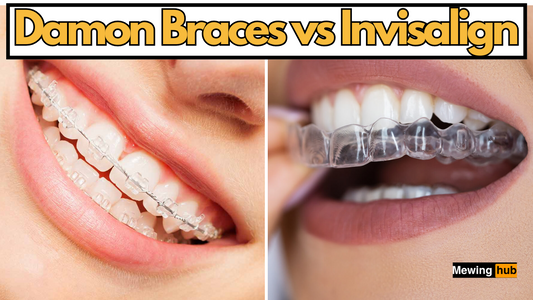Exploring Hard Mewing: Technique, Benefits, and Safety Tips
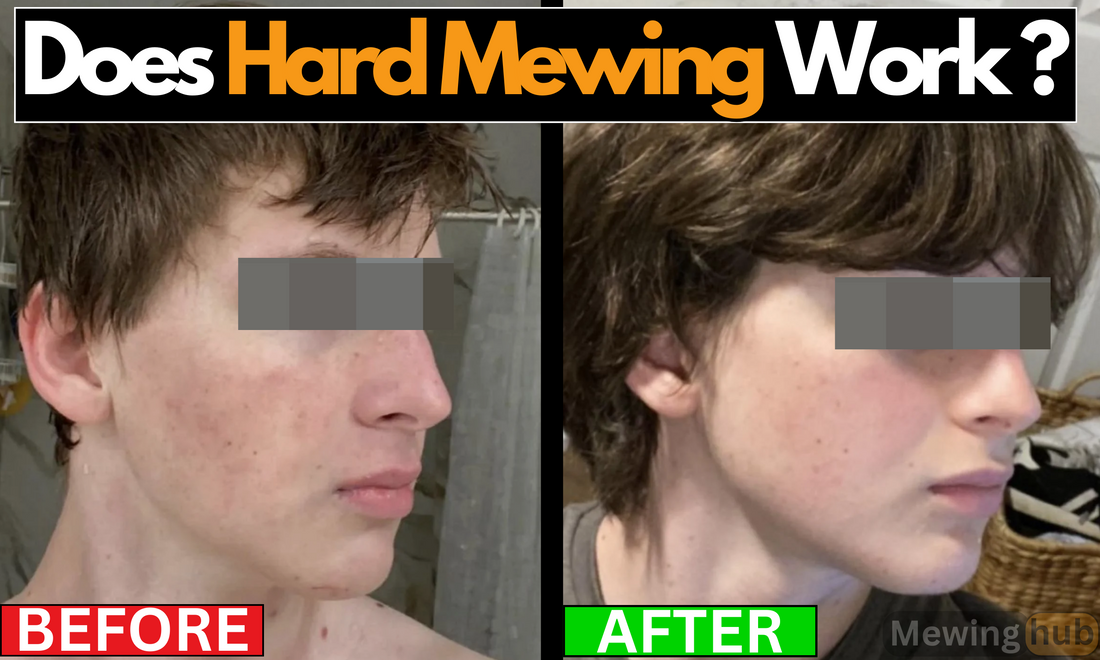
Share
In the pursuit of enhancing facial features and achieving a more aesthetically pleasing appearance, various unconventional techniques have emerged. One such method gaining attention is "hard mewing."
This practice involves applying pressure with the tongue to the roof of the mouth, distinct from the more relaxed approach of soft mewing.
In this article, we will delve into the concept of hard mewing, its potential benefits, and how to incorporate it into your routine safely.

Understanding Hard Mewing

What is Hard Mewing?
Hard mewing revolves around the idea of actively pushing the tongue against the roof of the mouth with considerable pressure.
This technique is believed to yield faster results than soft mewing, where the tongue is merely rested on the roof of the mouth without applying significant force.
However, caution must be exercised, as excessive pressure or improper posture during hard mewing can lead to adverse effects.
The Difference Between Hard Mewing and Soft Mewing
While soft mewing involves gently placing the tongue on the palate without exerting much pressure, hard mewing requires a more aggressive approach. The goal of hard mewing is to apply consistent and significant pressure to promote bone remodeling and facial structure enhancement.
Gradual Progression in Hard Mewing
Starting with Soft Mewing
Before delving into hard mewing, it is advisable to start with soft mewing to allow your tongue to acclimate to the new position. Rushing into hard mewing without proper preparation may result in discomfort or potential harm. Begin by practicing soft mewing and gradually increase the pressure over time. This progressive approach helps prevent headaches and jaw joint problems associated with overexertion.
For those looking to refine their technique, understanding the optimal tongue pressure is crucial.
Learn more about achieving the best results in our article on Mewing - Optimal Tongue Pressure for Effective Results which provides detailed insights and guidelines.
Guidelines for Hard Mewing
Step-by-Step Instructions
To effectively practice hard mewing, follow these steps:
- Initiate Strong Pressure: Apply as much pressure as you can with your tongue to the roof of your mouth, maintaining this position for one minute.
- Gradual Reduction: After the initial minute, reduce the pressure by half while keeping the tongue in contact with the roof of the mouth. Continue this reduced pressure for another minute.
- Repeat Sets: Repeat this process, halving the pressure with each subsequent minute, for as many sets as you can comfortably manage. It is recommended to perform more than four sets.
- Correct Lip and Tongue Positions: Throughout the exercise, ensure that your lips are closed, and your teeth are gently resting on top of each other.
Benefits of Hard Mewing

Enhancing Facial Structure
Proponents of hard mewing claim that maintaining this tongue posture can positively influence facial structure, enhancing overall beauty.
The concept is rooted in the belief that the face develops in a more aesthetically pleasing direction when breathing is primarily through the nose rather than the mouth.
Strengthening the Tongue
To sustain the hard mewing position throughout the day, it is essential to have strong tongue muscles.
As you start hard mewing you will gradually strengthen the tongue muscle.
These muscles are interconnected with the jaw and cheekbones, contributing to facial harmony.
Incorporating hard mewing targets these muscles that can aid in maintaining the desired tongue posture.
Complementary Practices for Hard Mewing
Supporting Facial Health
To potentially enhance the effects of hard mewing, consider incorporating complementary practices that support facial health, such as jaw exercises, proper nutrition, and even facial massage techniques, which can improve circulation and muscle function in the face.
The Debate: Potential vs. Precaution
Balancing Benefits and Risks
Among those who practice hard mewing, there is an ongoing debate regarding its potential versus the need for caution.
On one side of the argument are individuals who claim that increased force can lead to beneficial bone remodeling.

On the other side are dental professionals and skeptics who warn of the risks associated with excessive pressure, such as joint discomfort, misaligned teeth, or TMJ disorders.
Safety Tips for Hard Mewing
Ensuring Safe Practice
- Gradual Progression: Start with soft mewing and gradually increase the pressure to avoid strain.
- Monitor for Discomfort: Pay attention to any signs of discomfort or pain, and adjust your technique accordingly.
- Consult Professionals: If you experience persistent pain or other issues, consult with a healthcare professional or orthodontist.
Conclusion
Hard mewing is an intriguing concept that suggests potential benefits for facial aesthetics, but it is crucial to approach it with caution and gradually progress from softer techniques.
Remember that individual results may vary, and it's essential to prioritize safety over rapid transformation.
If considering hard mewing, consult with a healthcare professional or orthodontist to ensure that the practice aligns with your overall well-being and dental health.



